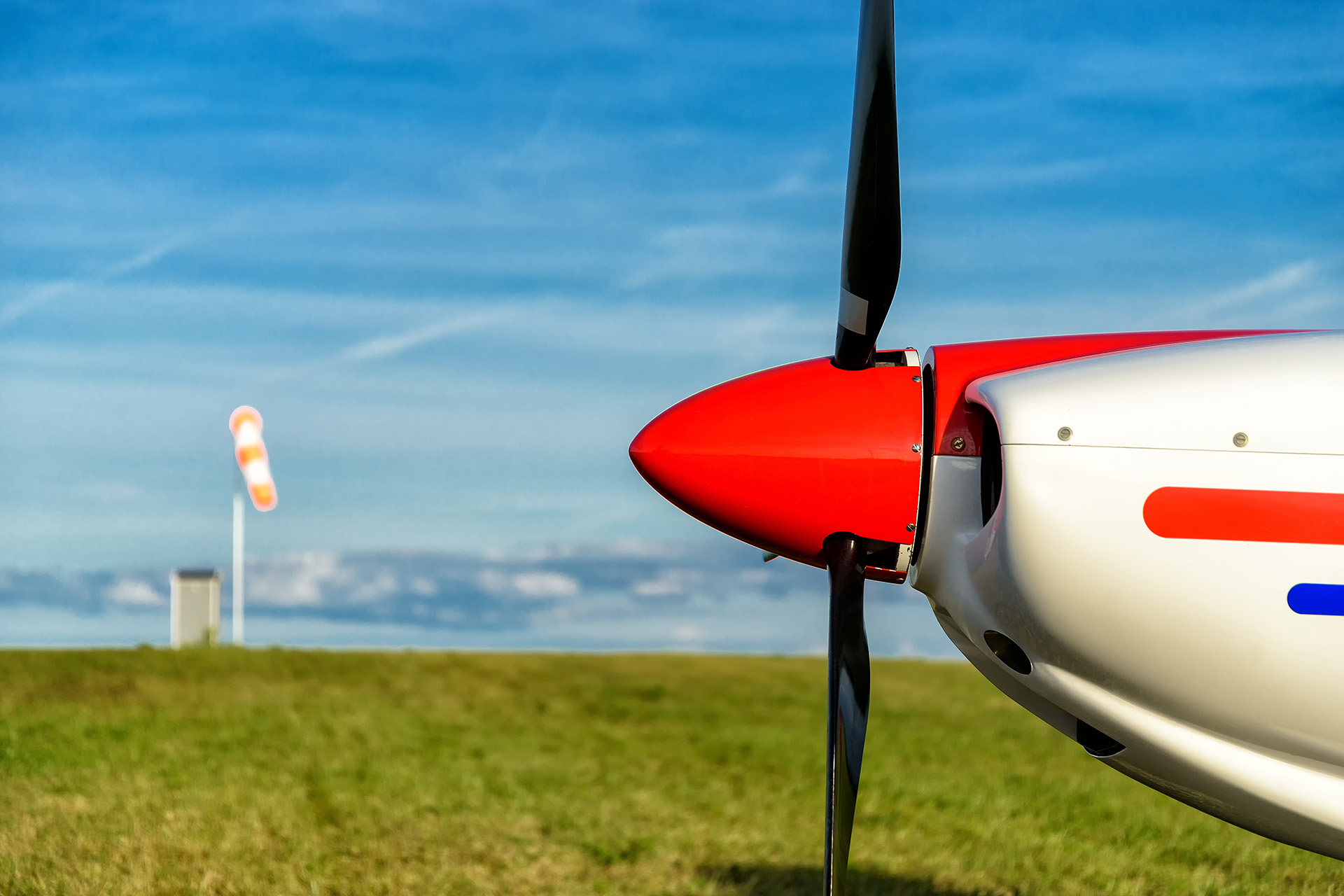A microlight is an aeroplane which meets one of the following categories:
- it is a non-Part 21 aircraft, other than an unmanned aircraft, that is designed to carry not more than two persons, which—
- has a stalling speed, or maximum steady flight speed in the landing configuration, at the maximum take-off mass not exceeding 35 knots calibrated airspeed; and
- has a maximum take-off mass not exceeding—
- 450kg for a two-seat landplane;
- 495kg for a two-seat amphibian or floatplane; or
- 475kg for a two-seat landplane equipped with an airframe mounted total recovery parachute system.
- it is a non-Part 21 aircraft, other than an unmanned aircraft, that is designed to carry not more than two persons, which—
- is of an approved design;
- either has, or has been subsequently modified to have, a stalling speed, or minimum steady flight speed in the landing configuration, at the maximum take-off mass not exceeding 45 knots calibrated airspeed; and
- either has, or has been subsequently modified to have, a maximum take-off mass not exceeding—
- 600kg for a landplane; or
- 650kg for an amphibian or floatplane.
- it is a single-seat deregulated aeroplane.
- it is being flown, or is intended to be flown, for the purpose of a flight test to establish that it complies with the requirements of sub-paragraph (1), (2) or (3).
- For the purposes of sub-paragraph (2)(a), an “approved design” is a design which is approved by the CAA [or a person or organisation approved for that purpose] for the purposes of the issue of a permit to fly under article 40. In practice, this includes complying with a microlight aeroplane certification basis acceptable to the CAA.
All UK registered aeroplanes falling within these parameters are Microlight aeroplanes.
Note: The above definition of a Microlight is not applicable to rotorcraft or gyroplanes.
References to EU regulations are to those regulations as retained and amended in UK domestic law under the European Union (Withdrawal) Act 2018 and are referenced hereafter as “UK Regulation (EU) year/number” or “UK Regulation (EU) No. number/year”.
UK Regulation (EU) 2018/1139 Annex I and article 2(8)(a) [further to CAA General Exemption ORS4.1501 published on 19 Aug 2021] excludes Microlights from Part-21 Regulations and so they remain subject to national rules. You will need a UK national licence to fly a microlight in UK airspace.
CAP2163: Reforming the microlight aeroplane: Implementation and key decisions
Differences training for microlight aeroplanes
Guidance on when differences training may be required when the pilot wants to fly a microlight aeroplane registered in the UK (G register)
Article 150 of the Air Navigation Order (ANO) requires the holder of a UK Part-FCL licence with a valid Single Engine Piston (SEP) Class Rating to complete differences training with an appropriately qualified Instructor prior to flying as pilot in command of a microlight aeroplane. This includes three axis microlights as well as weightshift microlights.
Article 150 also applies to the holder of a UK Part-FCL LAPL(A) with valid privileges to fly as pilot in command in Single Engine Piston (SEP) aeroplanes to complete differences training with an appropriately qualified Instructor prior to flying as pilot in command of a microlight aeroplane. This includes three axis microlights as well as weightshift microlights.
UK licence holders
The ANO requires the holder of a licence issued in accordance with the ANO with a valid SEP Class Rating to complete differences training with an appropriately qualified Instructor prior to flying as pilot in command of a microlight aeroplane. This includes three axis microlights as well as weightshift microlights.
For the holder of a NPPL(A) with a valid Simple Single Engine Aeroplane (SSEA) or Single Engine Piston (SEP) Class Rating, they must complete the required training and testing and obtain a Microlight Class Rating prior to flying as a pilot in command of a microlight aeroplane. This includes three axis microlights up to 600kg/650kg as well as weightshift microlights.
For pilots flying on a UK national licence, including the NPPL(A), flight experience amassed in microlight aircraft with three axis flight controls can be counted towards the flying experience requirements necessary to maintain the SEP and SSEA Class Ratings.
For the holder of a UK Part-FCL licence with a valid SEP Class Rating or valid SEP privileges, they are required to complete differences training with an appropriately qualified Instructor prior to flying as pilot in command of a microlight aeroplane. This includes three axis microlights as well as weightshift microlights.
Flight experience amassed in three axis microlight aeroplanes can be counted towards meeting the revalidation requirements for SEP Class Ratings and the recency requirements for SEP privileges.

